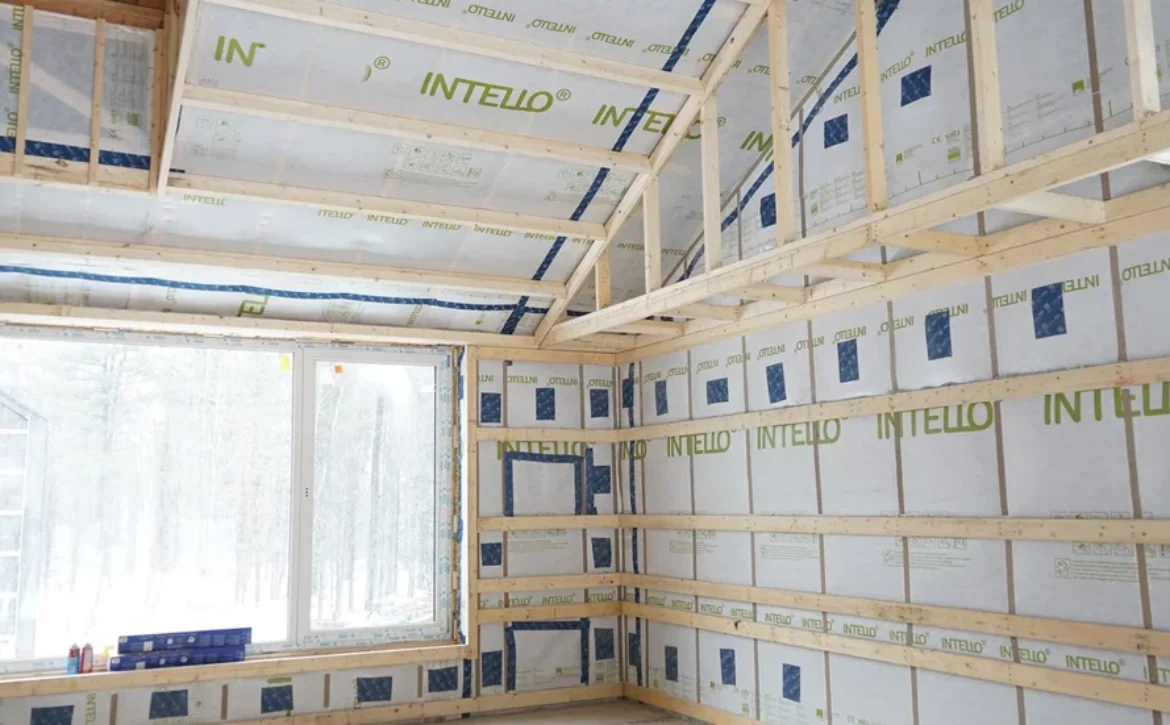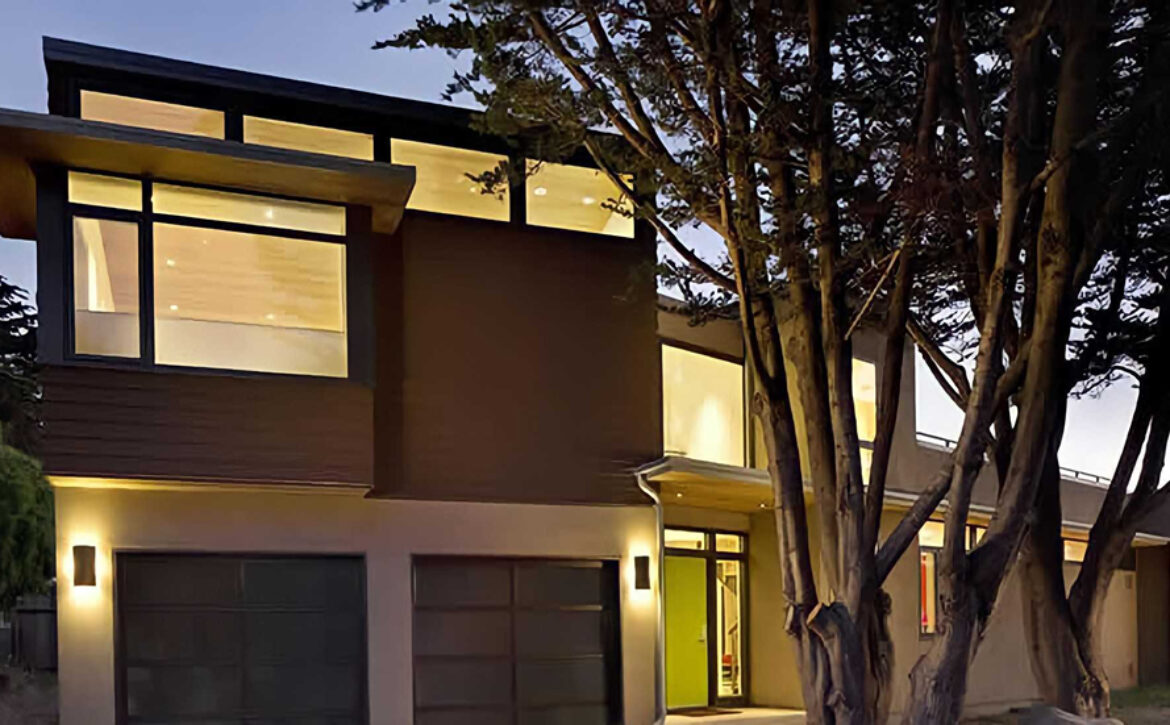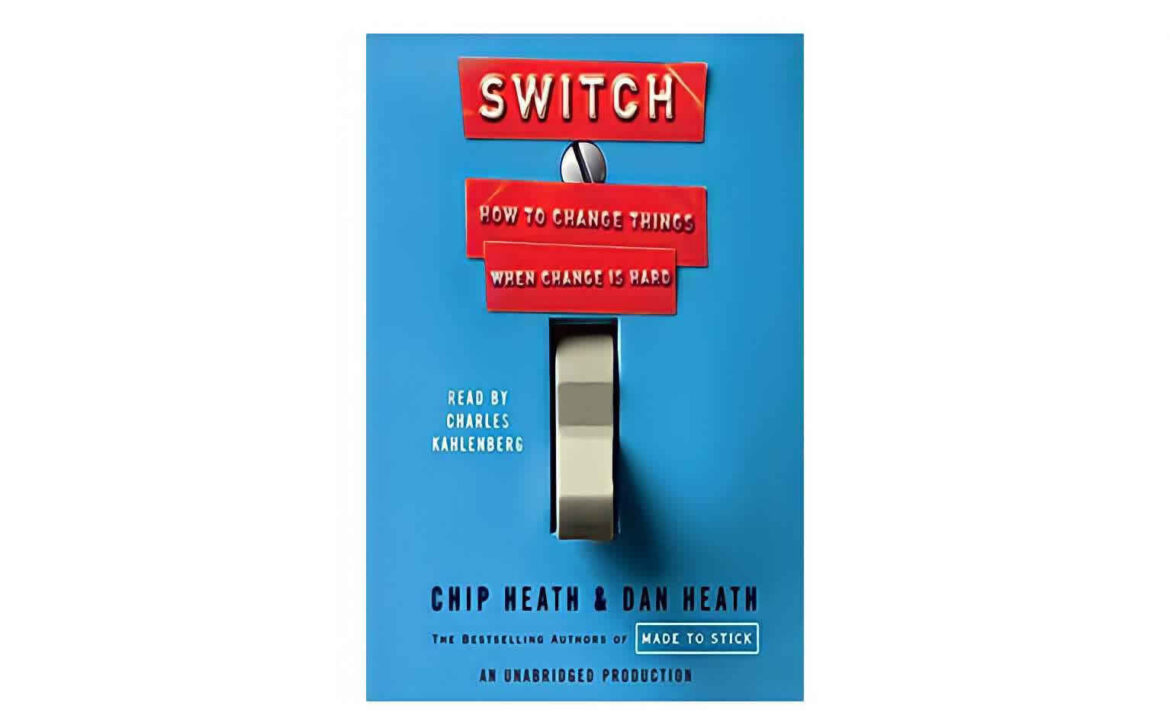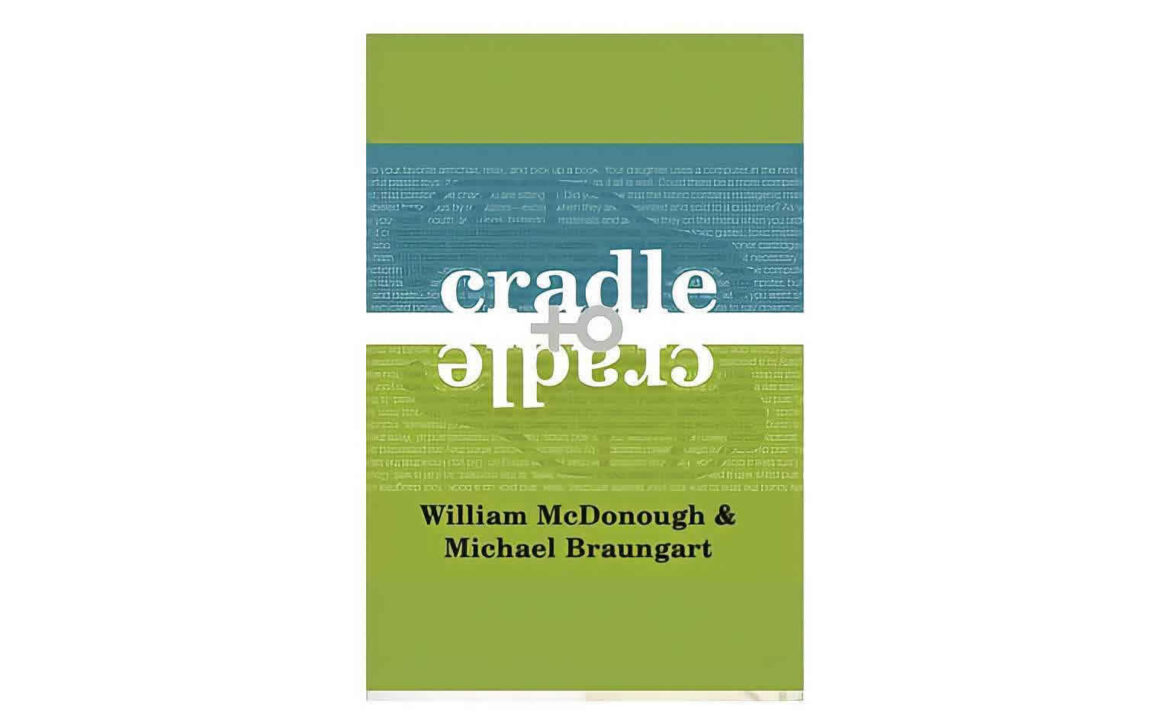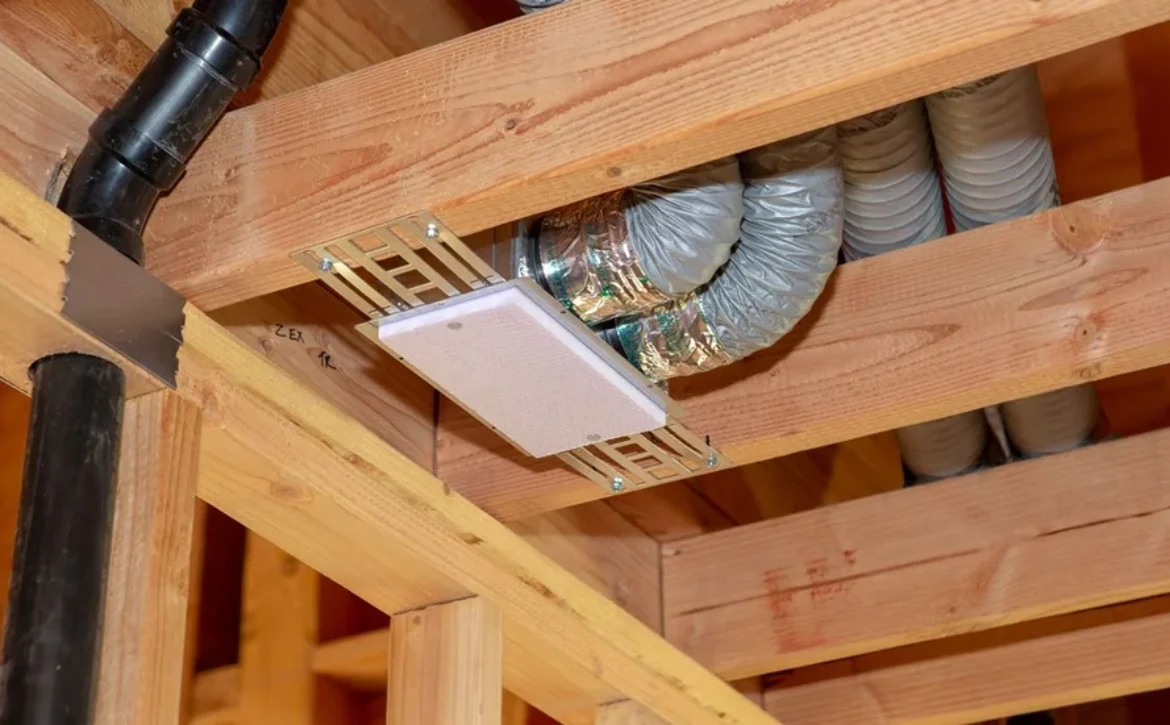Air Sealing for Efficiency
We’ve long used insulation as a way to increase energy efficiency, but if air is leaking in and out, even the best insulation simply can’t do its job. That’s where air sealing comes into play. While it’s possible, and advisable, to air seal an existing structure, here we are creating an air tight seal during the construction process.



